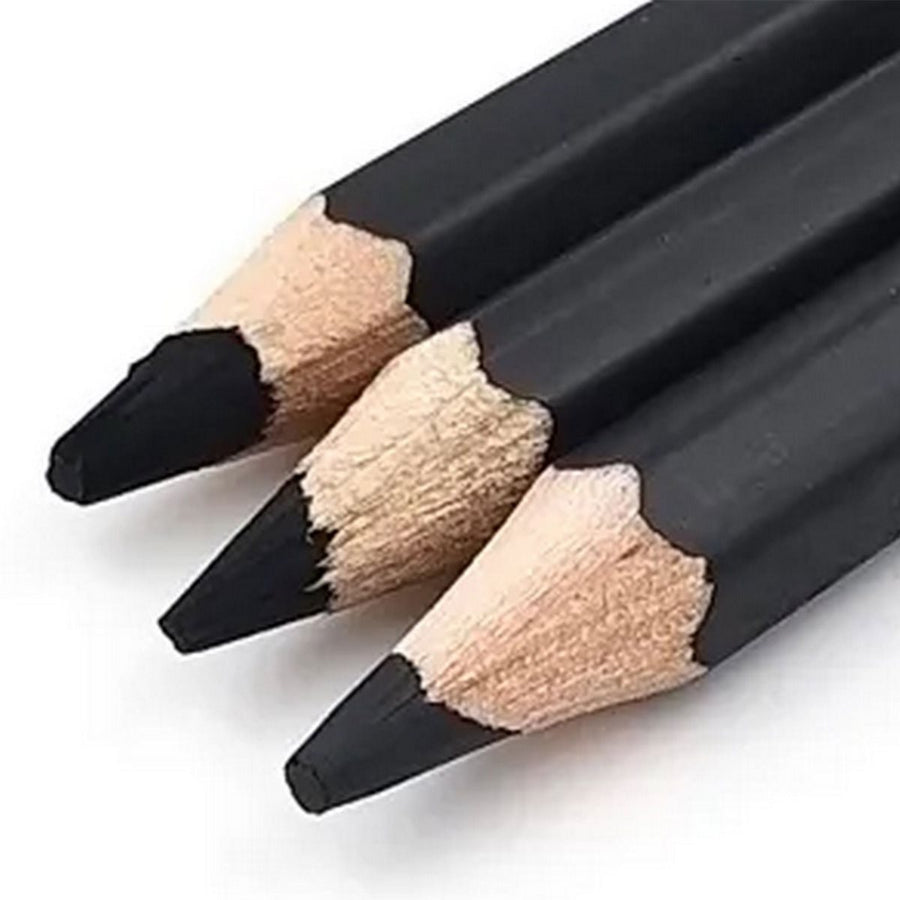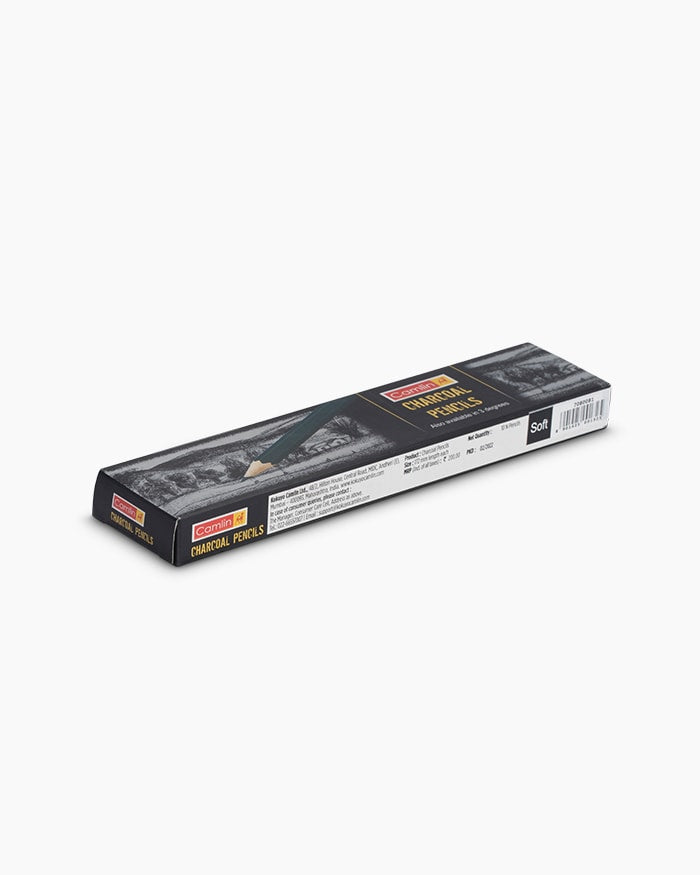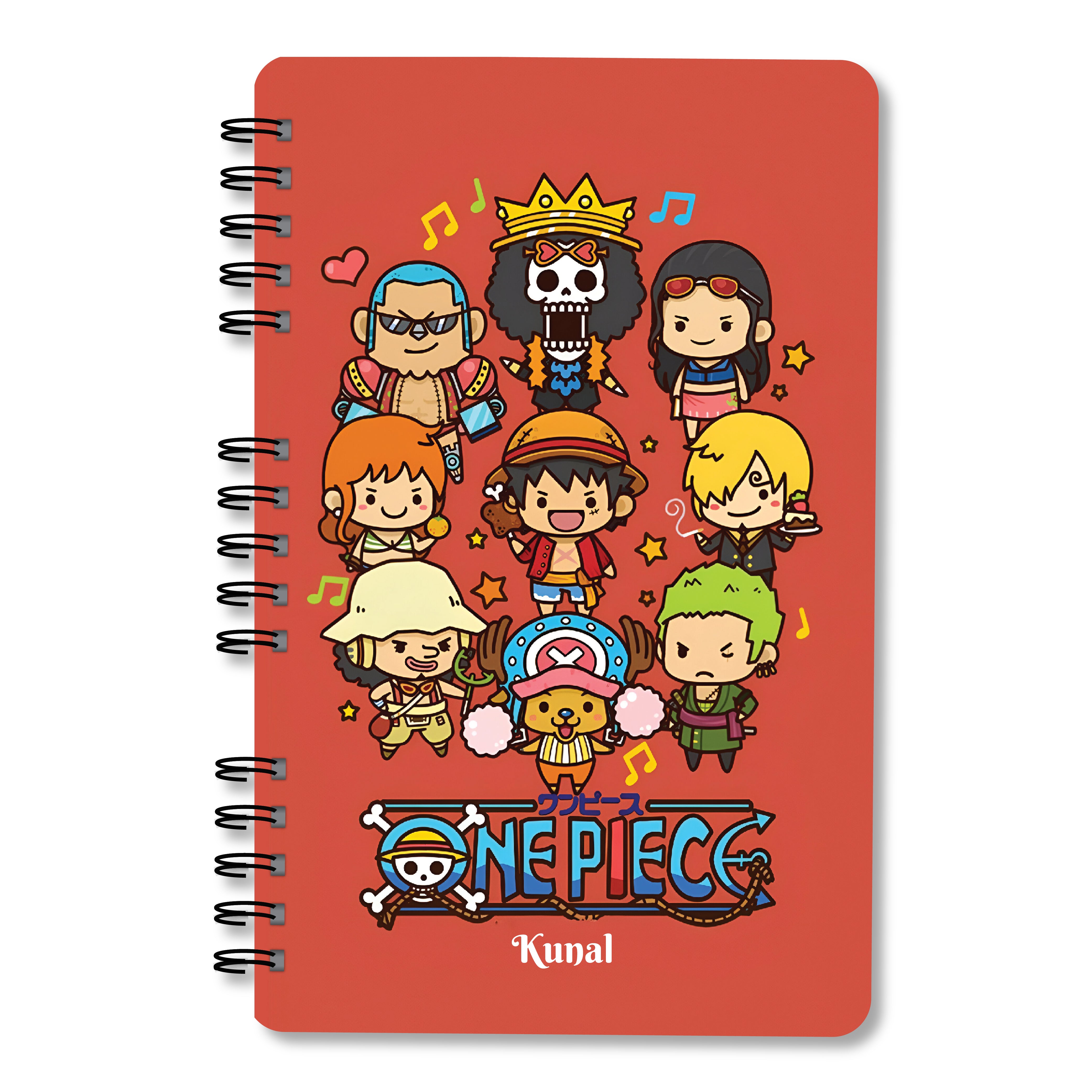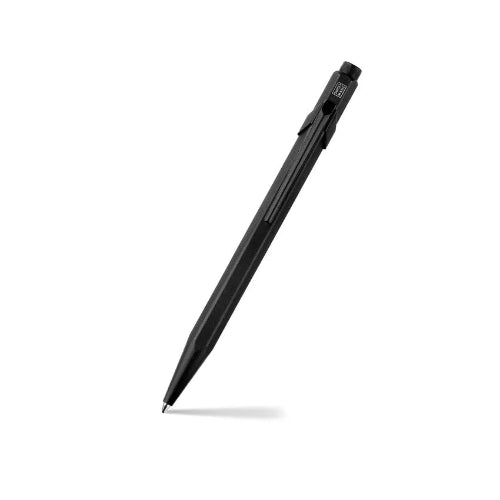Who Invented the Ink Pen? A Comprehensive History of the Ink Pen's Origin and Evolution
Ink pens have played a crucial role in shaping human history, revolutionizing the way we write and communicate. Who invented the ink pen? This question leads us on a fascinating journey through time, tracing the evolution of this indispensable writing tool. From ancient civilizations to modern-day innovations, the story of the ink pen is rich with creativity and ingenuity. In this article, we'll explore the origins, key inventors, and significant milestones in the history of the ink pen. Whether you're a history buff or simply curious about the tools we use every day, join us as we uncover the intriguing story of the ink pen.
Early Beginnings of Writing Instruments
Before the invention of ink pens, people used various tools to write, including quills, brushes, and styluses. These early instruments had their limitations, such as requiring frequent dipping in ink and being prone to blotting. Quills, for example, were made from bird feathers and needed constant re-dipping in ink, which was cumbersome and inefficient. Additionally, the ink could smudge or blot, leading to messy writing. These challenges spurred the quest for a more efficient and reliable writing tool, ultimately setting the stage for the development of the ink pen.
The Definition of an Ink Pen
An ink pen is a writing instrument that uses a reservoir of ink, which is delivered to the nib through a feed mechanism. This design allows for continuous writing without the need for constant re-inking. Ink pens can be categorized into different types, including fountain pens, ballpoint pens, rollerball pens, and gel pens. Each type of ink pen operates on the same basic principle of using a contained ink supply, but they differ in their specific mechanisms and materials.
The Historical Records of Ink Pens
10th Century Reservoir Pens
The earliest known record of an ink pen dates back to 953 AD. Ma’ād al-Mu’izz, the caliph of Egypt, requested a pen that would not stain his hands or clothes. The resulting invention featured a reservoir that held ink and delivered it to the nib, making it a precursor to modern ink pens. This innovation was significant because it addressed the common problem of ink spillage and provided a more convenient writing experience. Although detailed descriptions and physical examples of this early ink pen are not available, historical accounts suggest that it was a groundbreaking development in writing technology.
Medieval Islamic Innovations
Islamic scholars and inventors made significant contributions to ink pen technology during the medieval period. Their advancements in ink pen design and functionality laid the groundwork for future developments in writing instruments. Islamic inventors were known for their meticulous craftsmanship and innovative approaches, which influenced the evolution of writing tools in subsequent centuries.
Key Inventors and Innovations
Petrache Poenaru
Petrache Poenaru, a Romanian inventor, is credited with creating an early version of the ink pen in the 19th century. His design incorporated a quill, a nib, and a metal tube to hold the ink, making it a practical tool for writing. Poenaru's invention was significant because it combined the functionality of traditional quills with the convenience of a built-in ink reservoir. This early ink pen design paved the way for further innovations in writing instruments.
Lewis Waterman
Lewis Waterman, an American insurance salesman, revolutionized the ink pen industry in the late 19th century. Frustrated with the unreliable pens of his time, Waterman invented a pen with a capillary feed system that regulated ink flow, preventing leaks and blots. This innovation marked the birth of the modern fountain pen and established Waterman as a pivotal ink pen inventor. Waterman's fountain pen was designed to provide a smooth and consistent writing experience, which made it a popular choice among writers and professionals. His invention led to the founding of the Waterman Pen Company, which became one of the largest and most successful pen manufacturers of the 20th century.
Evolution of the Ink Pen Through the Ages
17th Century Innovations
In the 17th century, Samuel Pepys, an English diarist, mentioned a silver pen that could write for an extended period without needing to be refilled. This period saw various advancements in pen design, including the use of metal nibs. The introduction of metal nibs addressed the issue of wear and tear associated with quill pens, providing a more durable and reliable writing instrument. These innovations were significant because they improved the overall writing experience and set the stage for the development of more advanced ink pens.
19th Century Breakthroughs
The 19th century brought significant improvements in ink pen technology. The introduction of iridium-tipped nibs and advancements in ink chemistry made ink pens more durable and reliable. Iridium, a hard and corrosion-resistant metal, was used to tip the nibs, enhancing their durability and smoothness. These innovations contributed to the widespread adoption of ink pens in everyday writing. The 19th century also saw the emergence of various ink pen manufacturers, who introduced new designs and technologies to meet the growing demand for reliable writing instruments.
Modern Ink Pens and Their Legacy
Today, ink pens are cherished for their smooth writing experience and elegant design. Brands like Montblanc, Parker, and Lamy continue to innovate, offering a wide range of pens that cater to different writing styles and preferences. Modern ink pens are made from various materials, including acrylic, metal, and resin, and come in numerous designs and colours. These pens are designed to provide a superior writing experience, combining aesthetics with functionality. Modern innovations include ink cartridges, converters, and various nib sizes to suit different writing needs.
The Impact of Ink Pens on Writing and Communication
The Cultural Significance of Ink Pens
Ink pens have not only been practical tools but also symbols of cultural and intellectual advancement. Throughout history, the ink pen has played a vital role in the dissemination of knowledge and the preservation of cultural heritage. Manuscripts, historical documents, and literary works were often penned using ink pens, making them integral to the recording and transmission of human thought and creativity.
Educational and Professional Use of Ink Pens
In educational settings, ink pens have been favoured for their smooth writing experience, which can enhance penmanship and make note-taking more efficient. Many students and professionals prefer ink pens for their ability to produce clear, crisp lines, which are especially useful in drafting, sketching, and detailed writing tasks. The use of ink pens in professional environments also adds an element of sophistication and professionalism to written communication.
Environmental Benefits of Using Ink Pens
One of the significant advantages of using ink pens, particularly fountain pens, is their environmental friendliness. Unlike disposable pens that contribute to plastic waste, many ink pens are designed to be refillable. This reduces the need for single-use plastics and promotes sustainability. Additionally, high-quality ink pens are built to last, further minimizing environmental impact.
How to Choose the Right Ink Pen
When choosing an ink pen, several factors should be considered to ensure the best writing experience. These include the type of pen, the material of the nib, the pen's weight and balance, and the ink type.
- Type of Pen: Fountain pens, ballpoint pens, rollerball pens, and gel pens each offer unique writing experiences. Fountain pens provide a smooth, flowing ink experience, while ballpoint pens are known for their durability and convenience.
- Nib Material: Nibs made from materials like gold, stainless steel, and iridium offer different levels of flexibility and smoothness. Gold nibs, for example, are highly valued for their flexibility and ability to adapt to the user's writing style.
- Pen Weight and Balance: The weight and balance of a pen can affect comfort during extended writing sessions. Heavier pens may provide a more controlled writing experience, while lighter pens can reduce hand fatigue.
- Ink Type: Different inks are suitable for various writing tasks. For instance, archival-quality ink is ideal for important documents, while waterproof ink is suitable for writing in challenging conditions.
Conclusion
The ink pen remains a timeless writing instrument that has stood the test of time. From its early beginnings to the sophisticated designs we use today, the ink pen's evolution reflects humanity's ingenuity and quest for better tools. Whether used for writing, drawing, or calligraphy, ink pens continue to offer a unique and satisfying writing experience. The ink pen's enduring popularity is a testament to its versatility and elegance, making it a favourite among writers, artists, and pen enthusiasts.
Frequently Asked Questions
Q1. Who invented the ink pen?
Ans: The invention of the ink pen is attributed to several inventors, including Petrache Poenaru and Lewis Waterman.
Q2. What is the history of the ink pen?
Ans: The ink pen's history spans from ancient Egypt to modern-day innovations, with significant contributions from medieval Islamic scholars and 19th-century inventors.
Q3. Why did Lewis Waterman invent the ink pen?
Ans: Lewis Waterman invented the ink pen to address the issues of leaking and blotting that plagued earlier pens, creating a reliable writing instrument.
Q4. What materials are used in modern ink pens?
Ans: Modern ink pens are made from various materials, including acrylic, metal, resin, and iridium-tipped nibs for durability and smooth writing.
Q5. What are the different types of ink pens?
Ans: Ink pens include fountain pens, ballpoint pens, rollerball pens, and gel pens, each offering unique writing experiences.
Q6. How did ink pens evolve over time?
Ans: Ink pens evolved from quills and early reservoir pens to sophisticated designs with advanced ink delivery systems and durable materials.
Q7. Are ink pens still popular today?
Ans: Yes, ink pens remain popular among writers, artists, and pen enthusiasts for their smooth writing experience and aesthetic appeal.
Q8. What are the benefits of using an ink pen?
Ans: Ink pens offer a consistent ink flow, reduce waste through refillable designs, and provide a tactile and satisfying writing experience.








